Guide
Sea almond leaves in the aquarium: why this plant is indispensable for your breed
As a newcomer to Triops breeding you are regularly confronted with the problem that your nauplii do not hatch or die shortly afterwards. Many primeval crayfish breeders have had to struggle with this problem. Often the problem is due to unstable water quality in the rearing tank. However, there is a very promising solution – sea almond leaves. For many years, the effect of this plant in the aquarium has been highly appreciated by breeders. Sea almond leaves in the aquarium have a mild disinfecting and fungicidal effect and keep back pathogens. The plant improves the quality of the water and favours the breeding of Triops. In this article you can read about the advantages of almond leaves in the aquarium for your primeval crayfish.
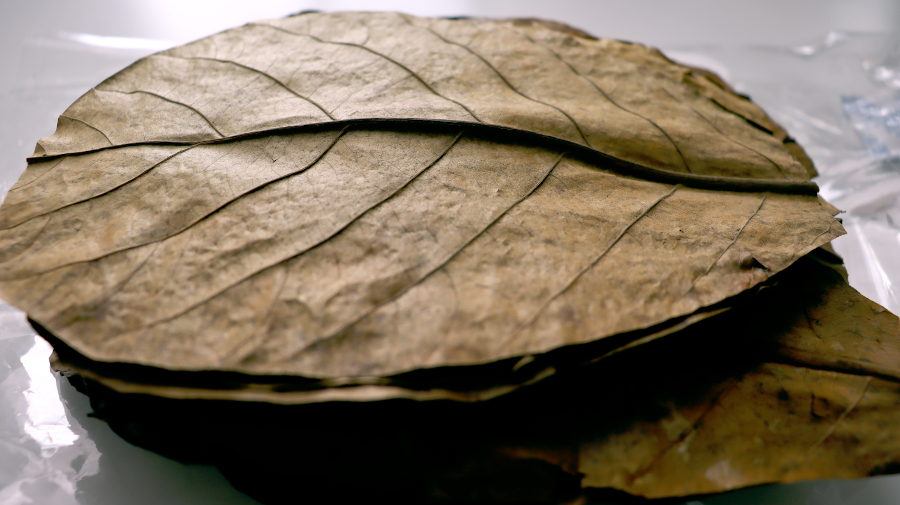
Sea almond leaves in the aquarium: Effect
The healing effect of sea almond leaves has been appreciated for many years in aquaristics as well as in domestic breeding. However, the plant is less frequently represented in the breeding of primeval crayfish. One more reason to spread the benefits in the triops world. The sea almond tree (Terminalia catappa) and its leaves have proven their worth as a preventative against fish diseases. Sea almond tree leaves in the aquarium have a disinfecting and fungicidal (“fungus-killing”) effect. They are thus used against fungi and spores. Sea almond leaves, also known as beach almond leaves, contain numerous ingredients that are beneficial for the quality of the water.
These include:
- Flavonoids
- Humic acids
- Tannins
- Triterpinoids.
These active substances gradually dissolve in the water, act against harmful bacteria and scavenge radicals such as the dye quercetin. They take over the cell regulation of the fish and plants and lower the pH value. Tannins are stored in the cell walls of the leaves. These are phenolic carboxylic acid esters derived from gallic acid, which are also contained in alder cones, oak leaves and the bark of the sea almond tree. After the tannins have come into contact with liquid, they dissolve and develop their disinfecting effect. This gives the water its typical yellow-brown colour after about 24 hours.
In aquaristics, sea almond leaves in the aquarium strengthen the immune defence of the fish and fish suffering from inflammations and fin rot recover faster. The spawn is less affected by fungi and the mucous membrane gets better protection. These factors help in the fight against diseases such as pitting disease, goggle-eye disease and spot disease in neon fish. The effect also helps with an infestation of gill worms.
Sea almond leaves in the aquarium: Application
No special knowledge is required to use sea almond leaves in breeding. One to two leaves are used per 50 litres and remain in the water for about three weeks. At first the leaves float on the water surface until after one or two days they become saturated with water and sink to the bottom. After three weeks, the tannins are dissolved from the cell walls. Either the leaves are decomposed by the Triops or snails or you fish them out of the water yourself. After that, you should add new leaves. Sea almond leaves are stored in a dry place so that the ingredients remain bound in the leaves before they enter the aquarium.
Conclusion
Sea almond leaves in the aquarium are enormously important for successful Triops breeding. Their healing effect is irreplaceable and all aquarists and hobby biologists around the world appreciate these leaves. If you have many failed Triops breedings at the beginning or no nauplii hatch from the Triops eggs, you should definitely try the sea almond leaves.
Good luck with your breeding!
-
Product on sale
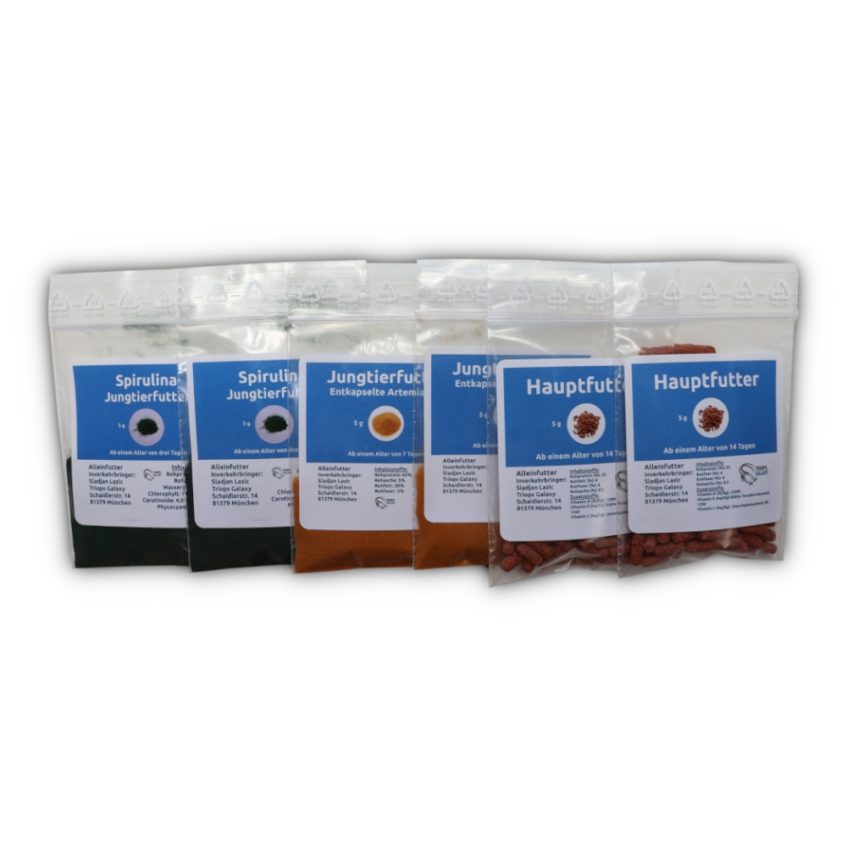 🦐 Triops food pack (spirulina powder, decapsulated Artemia eggs, food sticks) 🦐Original price was: 17,94 €.14,99 €Current price is: 14,99 €.
🦐 Triops food pack (spirulina powder, decapsulated Artemia eggs, food sticks) 🦐Original price was: 17,94 €.14,99 €Current price is: 14,99 €.VAT exempt according to §19 UStG.
plus Shipping costs
Delivery time: Approx. 2 to 3 working days.
-
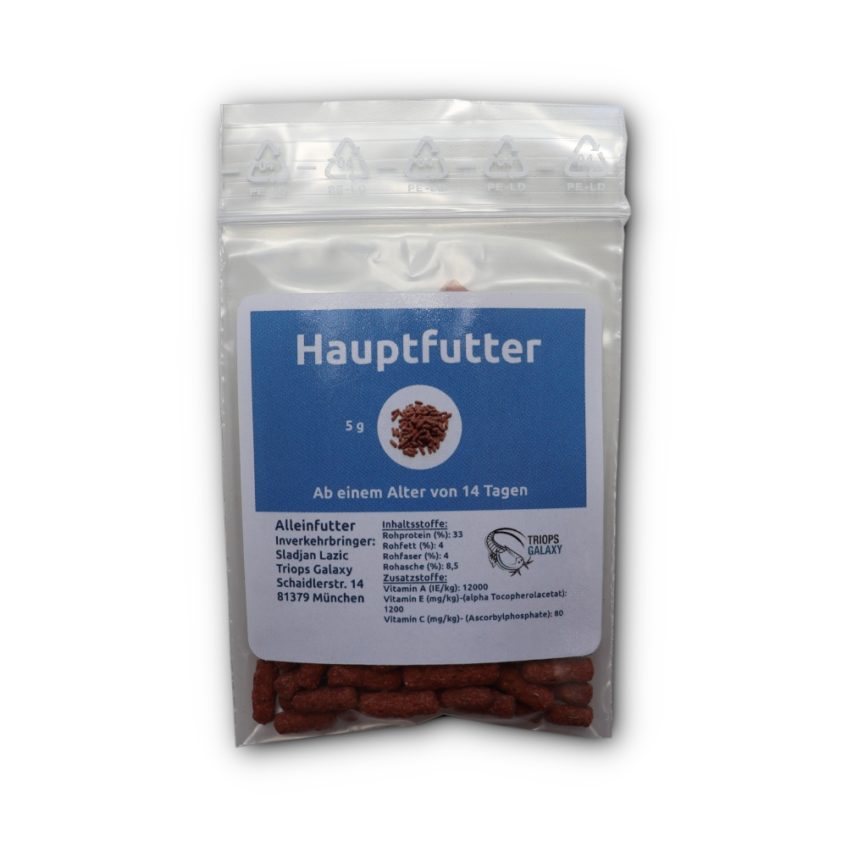 🦐 Triops staple food, floating food sticks, 5 grams 🦐2,99 €
🦐 Triops staple food, floating food sticks, 5 grams 🦐2,99 €VAT exempt according to §19 UStG.
plus Shipping costs
Delivery time: Approx. 2 to 3 working days.
-
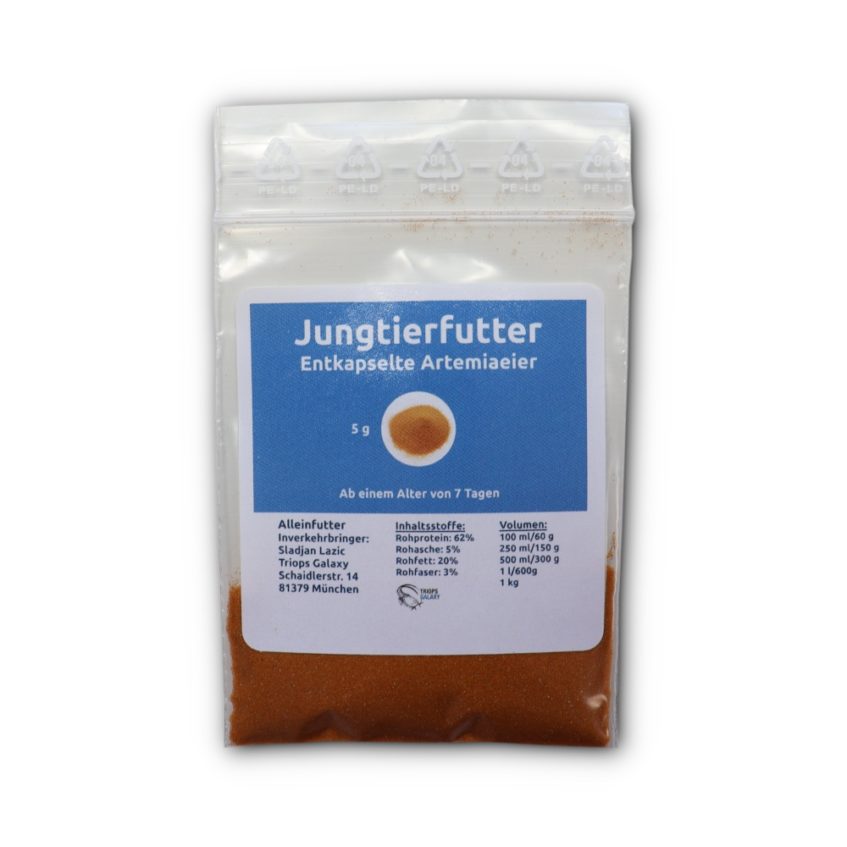 🦐 Triops juvenile food, decapsulated Artemia eggs, 5 gram 🦐2,99 €
🦐 Triops juvenile food, decapsulated Artemia eggs, 5 gram 🦐2,99 €VAT exempt according to §19 UStG.
plus Shipping costs
Delivery time: Approx. 2 to 3 working days.
-
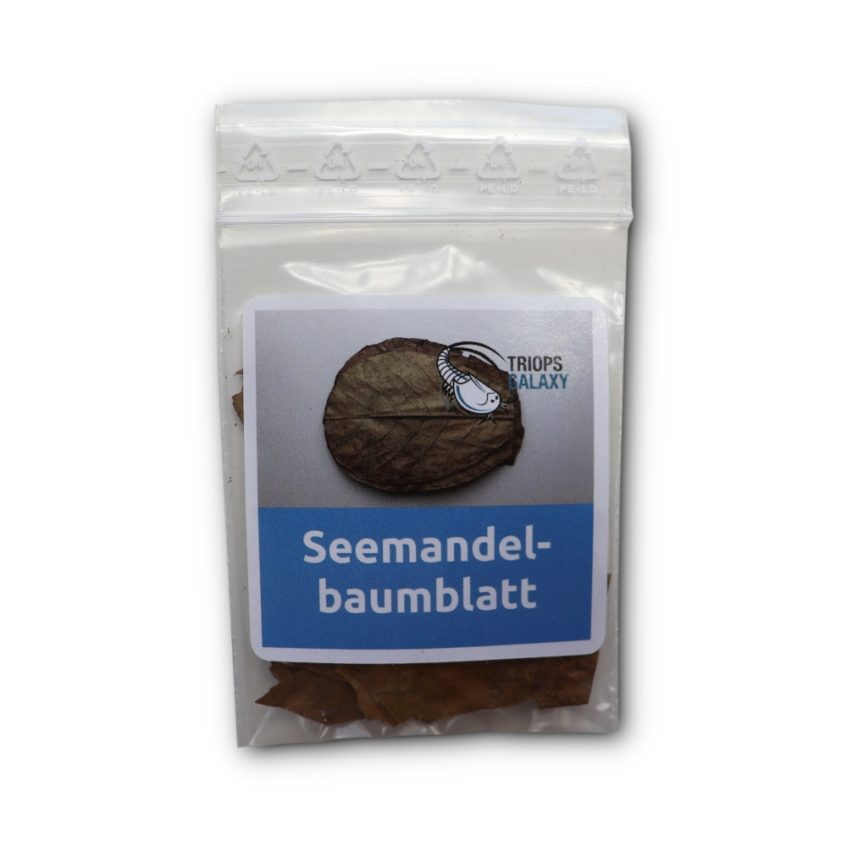 🍂 Sea almond leaf dried, lowers the pH value, prevents diseases 🍂2,99 €
🍂 Sea almond leaf dried, lowers the pH value, prevents diseases 🍂2,99 €VAT exempt according to §19 UStG.
plus Shipping costs
Delivery time: Approx. 2 to 3 working days.
-
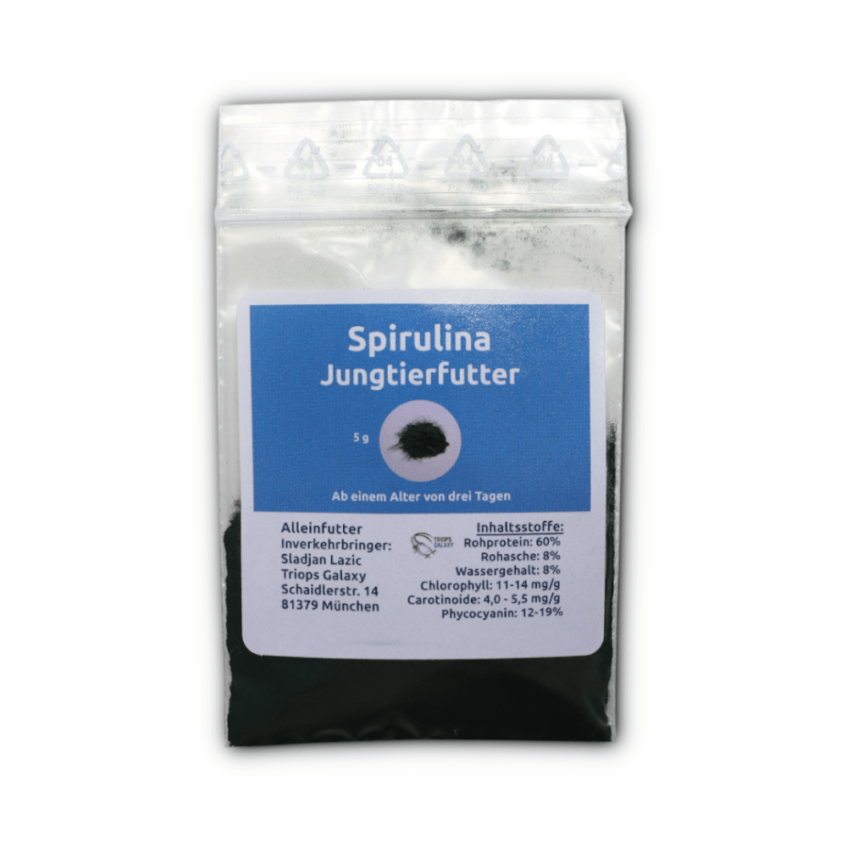 🦐 Triops Spirulina algae powder, young animal food, 5 grams 🦐2,99 €
🦐 Triops Spirulina algae powder, young animal food, 5 grams 🦐2,99 €VAT exempt according to §19 UStG.
plus Shipping costs
Delivery time: Approx. 2 to 3 working days.
- Introduction to the basics of ichthyology - 28. April 2024
- Palaeontology: Fossil traces from China point to raptors - 27. April 2024
- 130 stranded whales rescued in Australia - 26. April 2024